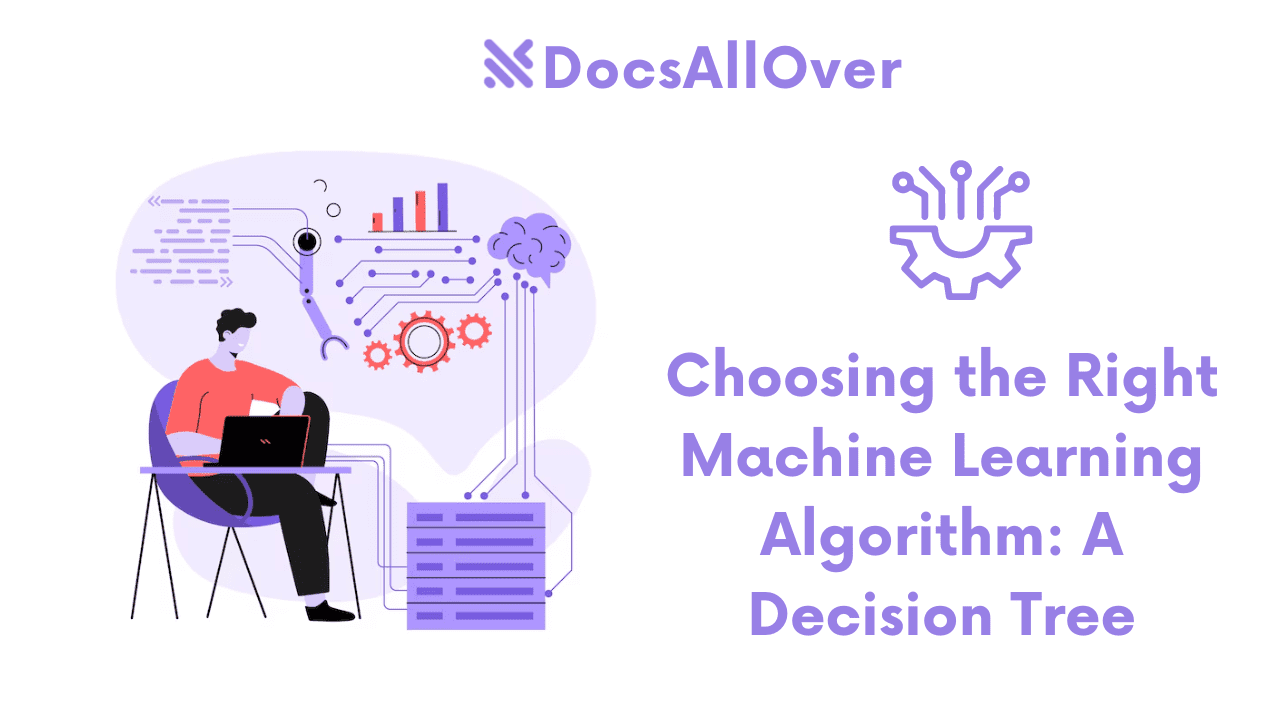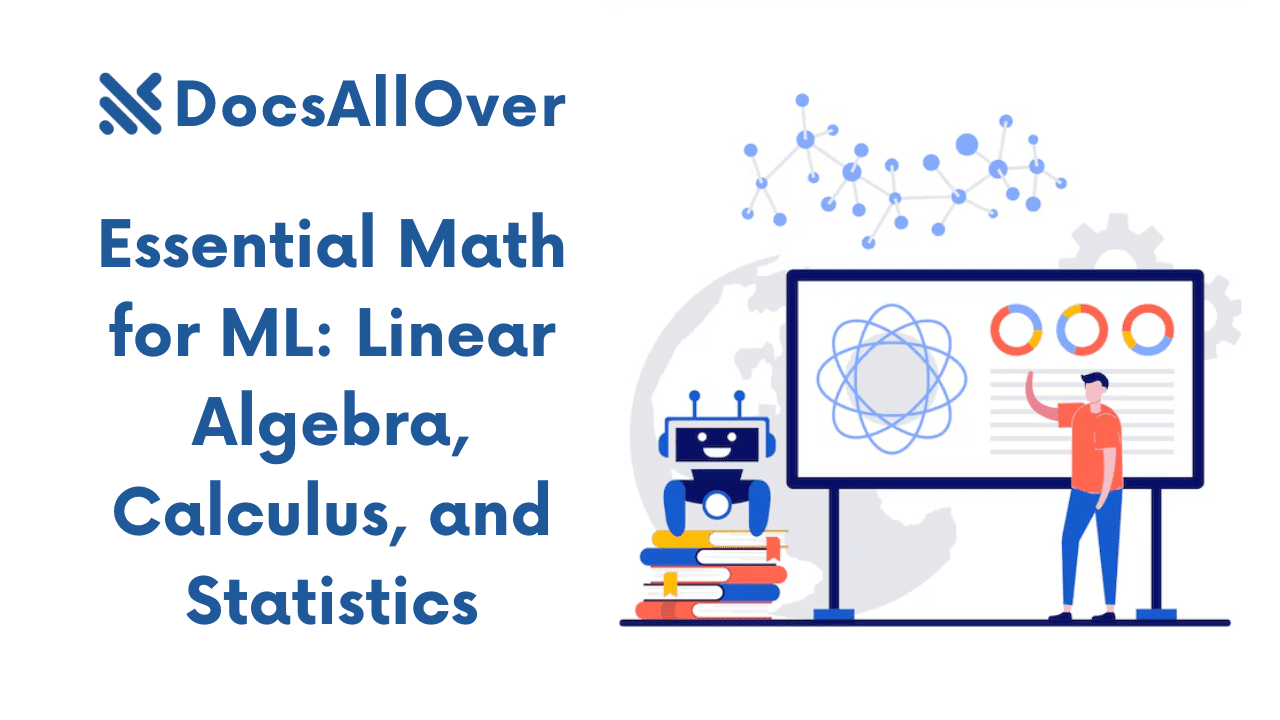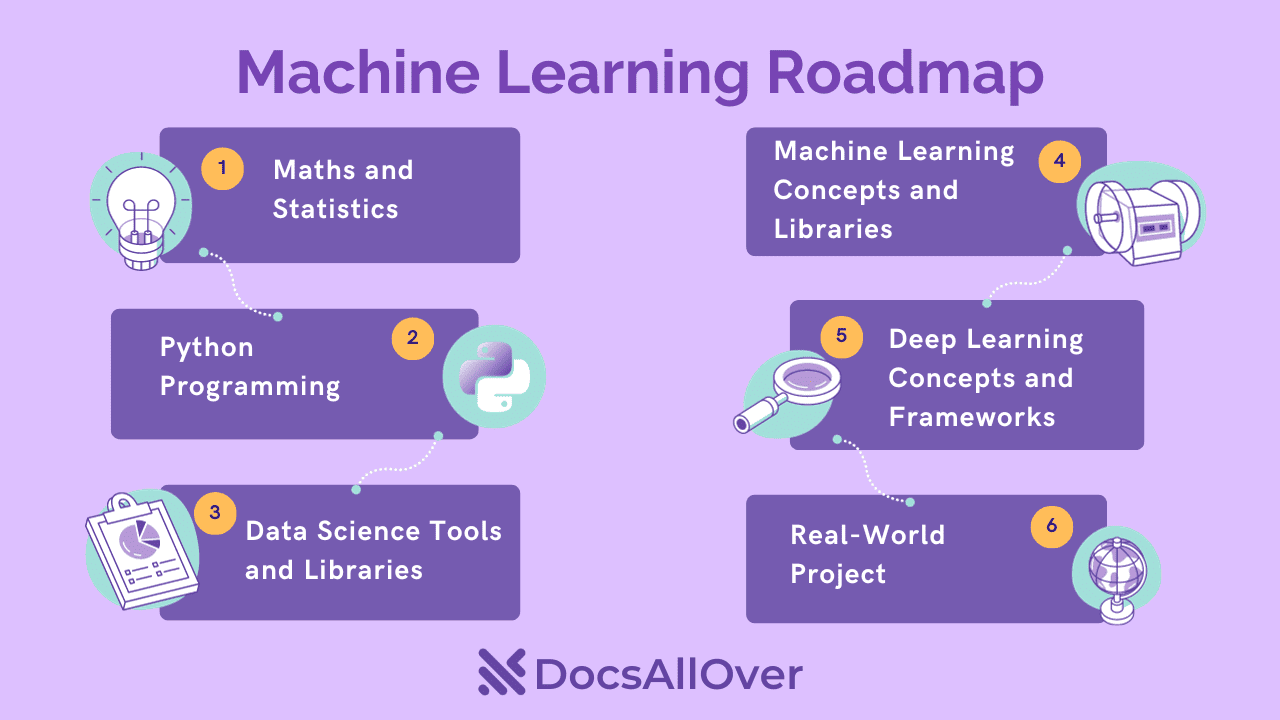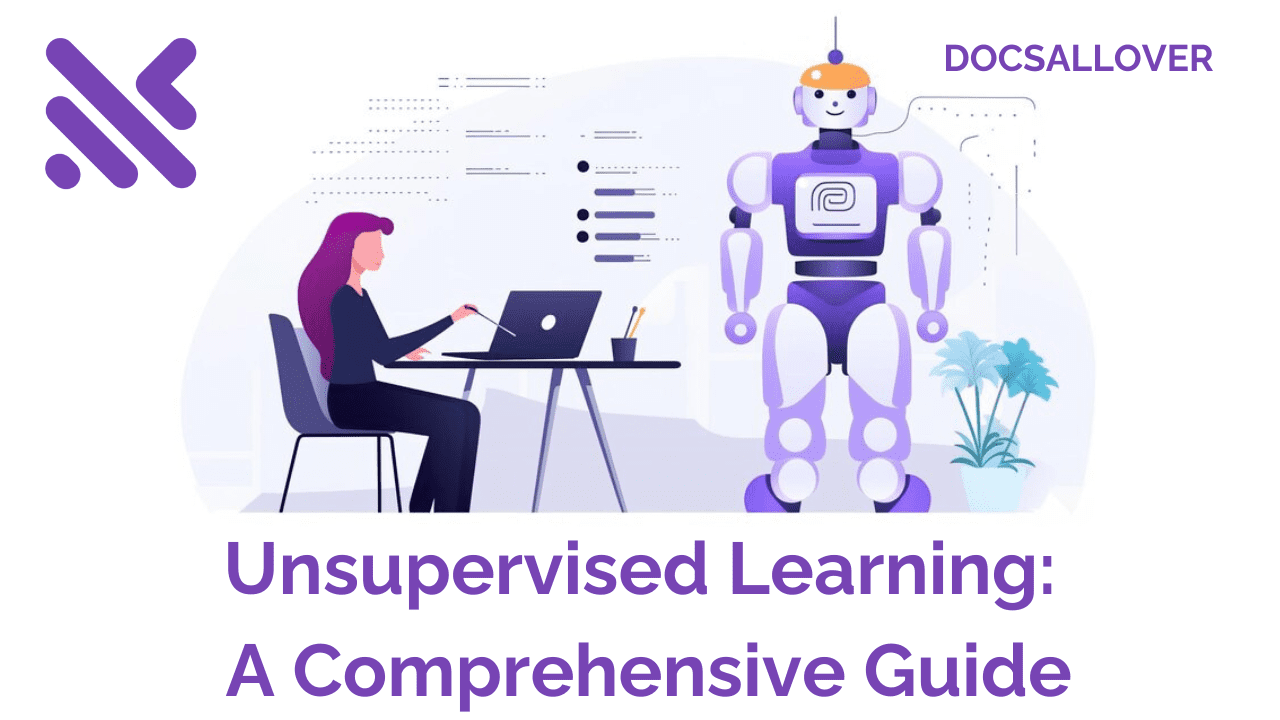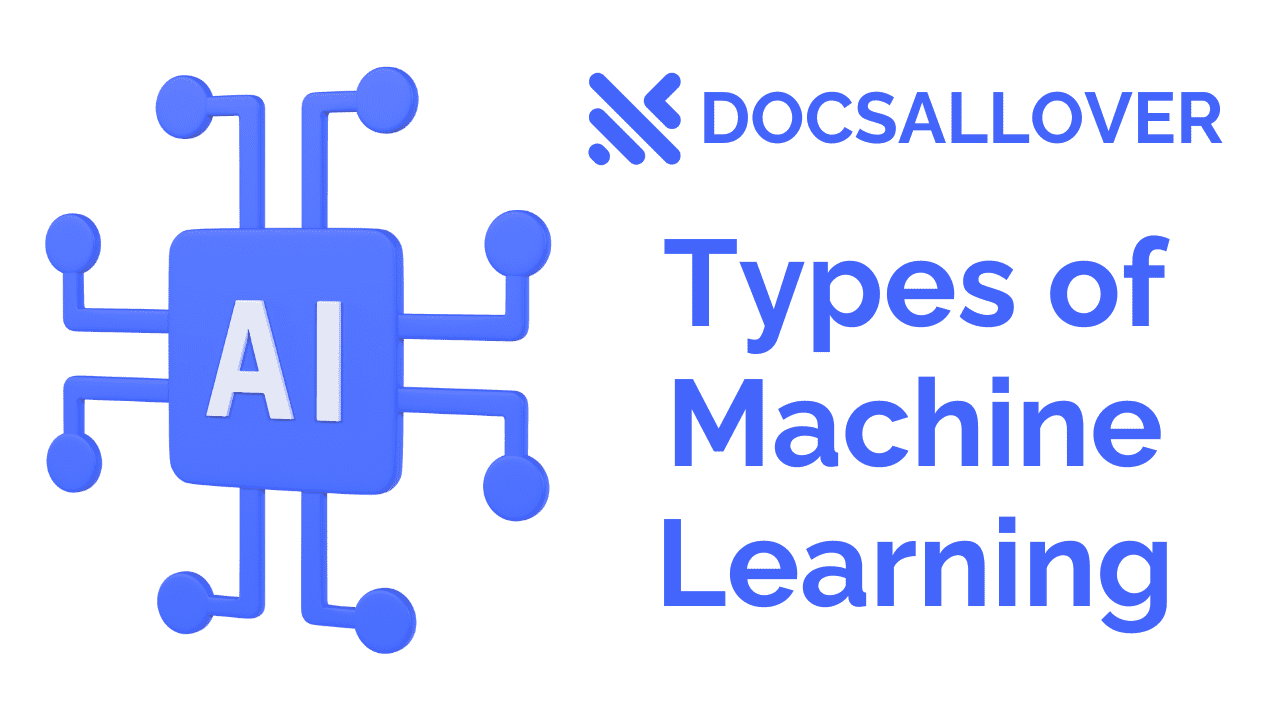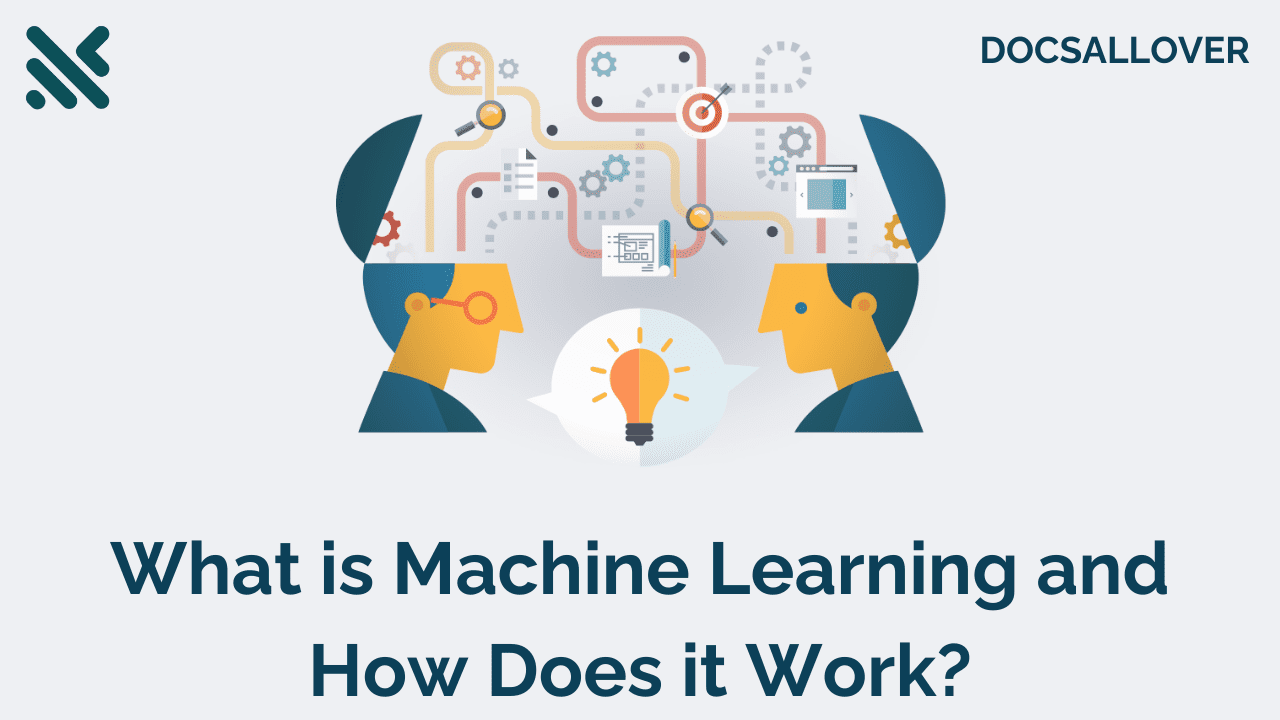The Ultimate Toolbox: 20 Machine Learning Tools You Need to Know in 2024
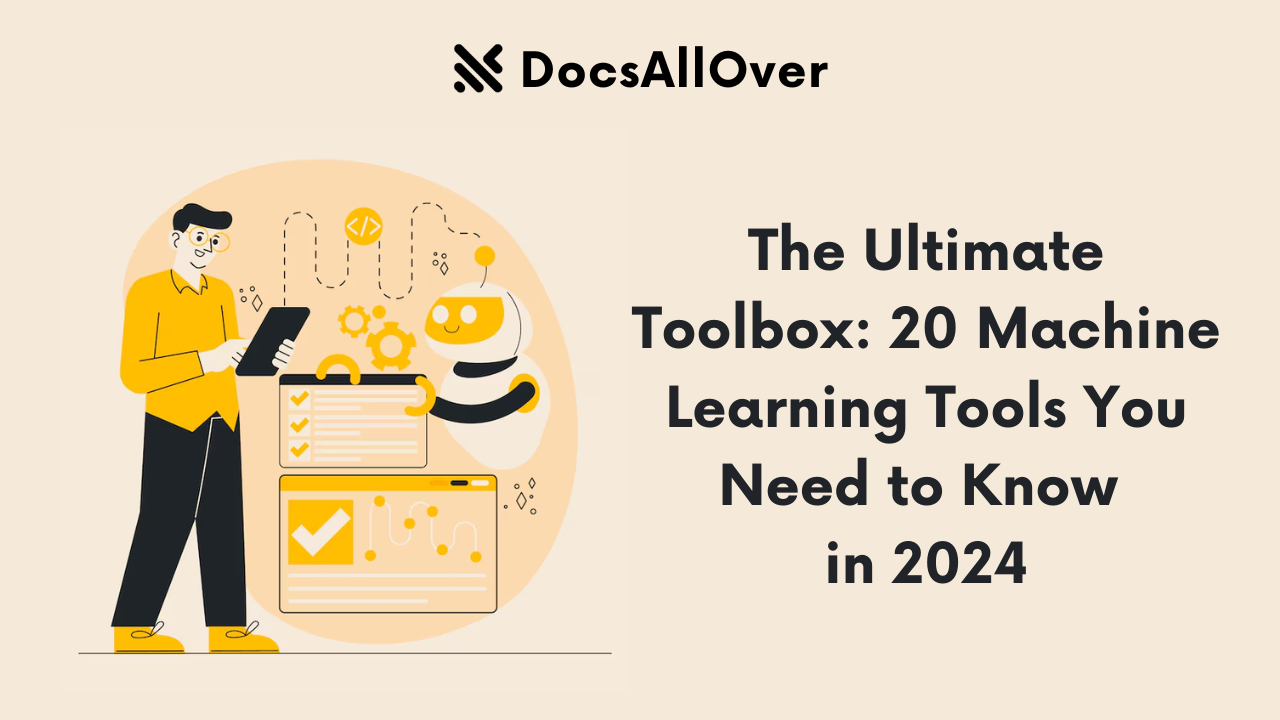
What Is Machine Learning?
Machine learning (ML) is a powerful subfield of Artificial Intelligence (AI) that empowers computers to learn and improve without explicit programming. Unlike traditional software designed with a fixed set of instructions, ML algorithms can learn from data, identify patterns, and make predictions. This data can be anything from text and images to financial records and sensor readings.
ML encompasses various tasks, each aiming to uncover valuable information from data. Some common types include:
- Classification: Categorizing data points into predefined classes (e.g., spam or not spam email).
- Regression: Predicting continuous values based on historical data (e.g., stock price prediction).
- Clustering: Grouping similar data points together without predefined categories (e.g., customer segmentation).
By automating these tasks and learning from massive datasets, ML allows us to gain insights that would be impossible with traditional data analysis methods.
Importance of Machine Learning Tools in the Modern Era
In today's data-driven world, we are constantly generating an unprecedented volume of data. From social media interactions to financial transactions and scientific observations, the amount of information at our disposal is staggering. This is where machine learning tools come into play. They act as powerful allies in helping us:
- Analyze vast amounts of data: ML algorithms can process complex datasets efficiently, identifying patterns and trends that might be invisible to human analysts.
- Extract valuable insights: By learning from data, ML tools can generate actionable insights that inform better decision-making across various aspects of a business.
- Automate tasks: Repetitive and time-consuming tasks can be automated using ML, freeing up human resources for more strategic endeavors.
- Fuel innovation: ML paves the way for advancements in diverse fields like medical diagnosis, personalized recommendations, and autonomous vehicles.
Real-world applications of machine learning are already widespread:
- Finance: Fraud detection, credit risk assessment, and algorithmic trading.
- Healthcare: Medical diagnosis, drug discovery, and personalized treatment plans.
- Retail: Product recommendations, customer segmentation, and demand forecasting.
Machine learning tools are transforming industries and shaping the future. By harnessing the power of data, these tools unlock possibilities for improved efficiency, innovation, and a deeper understanding of the world around us.
Top 10 Machine Learning Tools

1. Microsoft Azure Machine Learning
(https://azure.microsoft.com/en-us/products/machine-learning)Embrace cloud-based model building and deployment with Microsoft Azure Machine Learning. This user-friendly platform simplifies the process with drag-and-drop functionalities and visual workflows. Seamless integration with other Azure services like data storage and compute resources empowers you to build, train, and deploy models efficiently.
Key Features:
- Drag-and-drop model building interface
- Integration with Azure services for data storage, compute, and management
- Automated machine learning capabilities
- Scalable infrastructure for large-scale training
2. IBM Watson
(https://www.ibm.com/watson)Unlock the power of enterprise-grade AI with IBM Watson. This comprehensive platform offers a wide range of pre-trained models for tasks like natural language processing, computer vision, and more. Watson empowers businesses to leverage AI for tasks like customer service automation and data analysis, making it a valuable tool for complex projects.
Strengths:
- Pre-trained models for various AI tasks
- Focus on natural language processing capabilities
- Integration with IBM Cloud services
- Scalable infrastructure for demanding workloads
3. TensorFlow
(https://www.tensorflow.org/)TensorFlow reigns supreme among developers due to its open-source nature and exceptional flexibility. This powerful framework provides a low-level foundation for building and customizing machine learning models. TensorFlow excels in deep learning applications, making it a favorite among researchers and developers pushing the boundaries of AI.
Why TensorFlow?
- Open-source and highly customizable
- Extensive community support and resources
- Powerful for building complex deep learning models
- Scalable for large-scale training needs
4. Amazon Machine Learning (AML)
(https://aws.amazon.com/machine-learning/)For beginners venturing into the world of machine learning, Amazon Machine Learning (AML) offers a gentle introduction. This user-friendly service, seamlessly integrated with the AWS cloud platform, allows you to build and deploy models without extensive coding expertise. AML also boasts automated model building features, making it a valuable tool for streamlining the machine learning workflow.
Benefits of AML:
- Easy-to-use interface for beginners
- Integration with AWS cloud services for data and compute
- Automated model building capabilities
- Scalable infrastructure for growing needs
5. OpenNN
(https://www.opennn.net/)Delve into the world of artificial neural networks with OpenNN. This open-source library excels at creating and training various neural network architectures. While its interface might be less intuitive for beginners, OpenNN caters to researchers and advanced users seeking granular control over neural network development.
OpenNN's Focus:
- Building and training artificial neural networks
- Extensive customization options for advanced users
- Open-source and actively maintained by the community
- Suitable for research and experimentation in neural networks
6. PyTorch
(https://pytorch.org/)PyTorch has become a darling of deep learning research due to its dynamic computational graphs. Unlike TensorFlow's static approach, PyTorch allows for more flexible model creation and debugging. This, combined with its ease of customization, makes it a favorite among researchers who like to experiment and tailor models to specific needs.
Key Features of PyTorch:
- Dynamic computational graphs for flexible model building
- Python-like syntax for easy adoption by programmers
- Large and active community for support and resources
- Extensive ecosystem of libraries for deep learning tasks
7. Vertex AI (Google Cloud AI Platform)
(https://cloud.google.com/vertex-ai)Vertex AI is Google Cloud's comprehensive suite for all things machine learning. It provides a one-stop shop for building, training, deploying, and managing your machine learning models on Google Cloud infrastructure. Vertex AI offers a wide range of pre-trained models, tools for data preparation and feature engineering, and functionalities for model monitoring and optimization.
Key Features of Vertex AI:
- Streamlined workflow for building and deploying ML models
- Pre-trained models for various tasks
- Scalable training infrastructure on Google Cloud
- Tools for model monitoring and management
8. BigML
(https://bigml.com/)BigML stands out for its user-friendly interface and automated model selection. This makes it a great option for those new to machine learning or without extensive programming experience. BigML takes care of the heavy lifting, allowing users to upload data and choose a task (e.g., classification, regression), and BigML automatically selects and trains the best model for the job.
Key Features of BigML:
- User-friendly interface with drag-and-drop functionality
- Automated model selection for various tasks
- Easy deployment and management of trained models
- Free tier for small-scale projects
9. Apache Mahout
(https://www.mahout.org/)Within the Apache Hadoop ecosystem, Apache Mahout shines for its focus on scalable machine learning algorithms designed to handle large datasets. Mahout offers a collection of algorithms for tasks like clustering, recommendation systems, and classification, all optimized for distributed processing on Hadoop clusters.
Key Features of Apache Mahout:
- Scalable machine learning algorithms for big data
- Integration with Apache Hadoop ecosystem
- Open-source and community-driven development
- Algorithms for various machine learning tasks
10. Weka
(https://www.cs.waikato.ac.nz/ml/weka/)Weka is a popular open-source option that provides a collection of algorithms for data mining and machine learning tasks. It boasts a user-friendly graphical interface, making it accessible to users of all technical backgrounds. Weka allows users to experiment with different algorithms, visualize data, and evaluate model performance.
Key Features of Weka:
- Open-source and freely available
- Collection of algorithms for data mining and machine learning
- User-friendly graphical interface for easy exploration
- Tools for data visualization and model evaluation
10 Additional Machine Learning Tools
Beyond the top 10, the machine learning landscape offers a wealth of other options catering to different needs and user skillsets. Here's a quick glimpse at 10 additional popular tools:
1. Scikit-learn
(https://scikit-learn.org/)- A versatile open-source library for Python that provides a wide range of algorithms for classical machine learning tasks like classification, regression, clustering, and dimensionality reduction.
- Ideal for beginners and experienced users alike due to its well-documented functionalities and ease of use.
2. Keras
(https://keras.io/)- A high-level API built on top of libraries like TensorFlow or Theano, designed for building and experimenting with deep learning models.
- Offers a user-friendly syntax and modular approach, making it popular for rapid prototyping and experimentation.
3. XGBoost
(https://xgboost.readthedocs.io/en/stable/)- A powerful open-source library focused on implementing gradient boosting algorithms, known for their accuracy and efficiency on various machine learning tasks.
- Particularly well-suited for handling large datasets and complex problems, often achieving state-of-the-art results.
4. KNIME
(https://www.knime.com/)- An open-source data science platform that provides a visual workflow environment for building and deploying machine learning pipelines.
- Ideal for users with less programming experience as it allows building workflows through drag-and-drop nodes representing data processing, modeling, and analysis steps.
5. RapidMiner
(https://rapidminer.com/)- Another visual data science platform offering a user-friendly interface for data preparation, machine learning model building, and deployment.
- Provides functionalities for data exploration, visualization, and model optimization, making it a comprehensive suite for various data science tasks.
6. TensorFlow
(https://www.tensorflow.org/)- A powerful open-source library developed by Google, widely used for building and deploying deep learning models.
- Offers a flexible architecture and extensive ecosystem of tools, making it ideal for complex deep learning projects requiring high levels of customization.
7. MXNet
(https://mxnet.apache.org/)- An open-source deep learning framework known for its scalability and efficiency, particularly on GPUs and other hardware accelerators.
- Provides a user-friendly API and supports various programming languages, making it a flexible option for diverse deep learning projects.
8. LightGBM
(https://lightgbm.readthedocs.io/en/latest/)- A high-performance gradient boosting library known for its speed and accuracy, often achieving competitive results with XGBoost.
- Offers efficient algorithms optimized for handling large datasets and delivers fast training times.
9. Caffe
(https://caffe.berkeleyvision.org/)- An open-source deep learning framework originally developed by the University of California, Berkeley.
- Known for its speed and efficiency, particularly for convolutional neural network (CNN) applications in image recognition and computer vision.
10. CNTK
- An open-source deep learning framework developed by Microsoft, designed for building and deploying intelligent applications.
- Offers functionalities for deep learning, reinforcement learning, and natural language processing, making it versatile for various AI tasks.
The Future of Machine Learning Tools - A Glimpse Ahead
The future of machine learning tools promises advancements that will democratize access, enhance interpretability, and unlock even greater capabilities. Here are some key trends shaping the evolution of machine learning tools:
Democratization Through Automation:
Machine learning tools are becoming increasingly user-friendly, with features like automated data preparation, hyperparameter tuning, and model selection. This "democratization" empowers even non-technical users to leverage machine learning for tasks that were once the domain of specialists.
Explainable AI (XAI):
A growing focus lies on Explainable AI (XAI). As machine learning models become more complex, understanding their decision-making processes becomes crucial. XAI tools will provide insights into how models arrive at predictions, fostering trust and enabling users to refine models for better outcomes.
Cloud Integration:
Machine learning is increasingly moving to the cloud, offering benefits like scalability and accessibility. Cloud platforms provide vast computing resources and pre-built infrastructure, allowing users to train and deploy models without significant upfront investments.
Deep Learning Advancements:
Deep learning's capabilities will continue to expand, driven by advancements in algorithms, hardware acceleration, and the availability of massive datasets. These advancements will fuel breakthroughs in areas like computer vision, natural language processing, and robotics.
The Road to Artificial General Intelligence (AGI):
While still in its early stages, research in Artificial General Intelligence (AGI) is exploring the possibility of creating machines with human-level intelligence. Machine learning tools will play a critical role in this journey, as researchers develop and train models capable of learning and adapting across diverse tasks.
The future of machine learning tools is bright, promising a world where these powerful technologies can be harnessed by a wider range of users for a multitude of purposes. By embracing automation, interpretability, and cloud integration, machine learning is poised to become an even more transformative force in the years to come.
